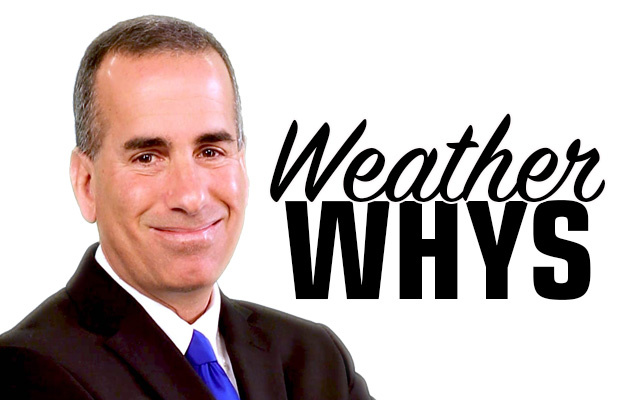Recently, I had quite the animated “discussion” on Facebook with respect to full moons and frost. It seems that some folks use the full moon as a frost “guide,” which is to say, some ascribe to the notion of not planting until after the first full moon in June.
That would be fine if the first full moon of June occurred on the same date each year.
It doesn’t.
Let’s look at the last four years. In 2017, the full moon fell on June 9, The next year, 2018, it was 18 days later, on the 27th. A year after that, in 2019, the full moon was on the 17th, and this year it occurred on the 5th. That’s a 22-day range (earliest: 5th, latest: 27th).
So if you were to plant the day after the June full moon, you would have planted 22 days earlier this year than two years ago. And, of course, the earlier you plant, the better the chance that old Jack Frost will pay your garden a visit.
A much better way to assess the potential for frost following a chilly day is to be aware of the wind, the moisture content of the air (a proxy for which is the dewpoint), and the cloud cover. The dewpoint can be found by googling NWS GYX RWR. The dewpoint is in column four (from the left).
The frost recipe, as I like to call it, is clear skies, calm winds and dry air. If you are under the influence of a chilly air mass, frost is quite possible if your dewpoint is in the 20s early in the evening and the winds go calm, with accompanying clear or clearing skies.
And I think it may be the clear skies that get people confused with respect to the moon’s influence on a cold night. It’s the clear skies which allow you to notice the moon. It’s not the moon that causes the cold night, nor does the moon impact the potential for cold nights in the coming days. It’s the temperature and the moisture content of the air mass which does.
Also, if you ever hear a forecast for lows in the mid-30s where possible frost is mentioned, the reason is that temperature is measured at 5 to 6 feet above the ground. Right down on the surface of the grass or garden, it can be several degrees colder. So your thermometer may read 35 or 36 in the morning, yet your lawn may be white.
Meanwhile, what a wild temperature roller coaster we rode, as May transitioned into June. First the blistering heat of late May, followed at once by the record cold of early June.
Let’s look at some of the numbers, because they’re impressive. From the 26th to the 29th of May, Caribou recorded highs of 88, 87, 91, and 90. On the 29th, Caribou tied a significant record, insofar as second place is a distant second. The daily minimum of 69 was the warmest minimum for any day in May, tying the minimum of 69 which occurred on May 23, 1977. Again, second place is 62.
Following the late-May heat, a very sharp cold front swept through the area, and by the morning of June 1, there were frosts and freezes on both sides of the border, with one report out of Carleton County, New Brunswick, of a severe freeze. On the morning of June 2, Houlton fell to 26 degrees, which was a record low for any June day there. Records at Houlton go back to 1948. In Caribou, the freezes on the 1st and 2nd (32 and 31 degrees, respectively), made this June one of only three Junes in 80 years of recordkeeping to have two freezes in the month.
Finally, back to the moon. Enjoy its beauty, just don’t use it as a planting guide.
Ted Shapiro holds the Broadcast Seal of Approval from both the American Meteorological Society and the National Weather Association. An Alexandria, Va. native, he has been chief meteorologist at WAGM-TV since 2006. Email him at tshapiro@wagmtv.com.








